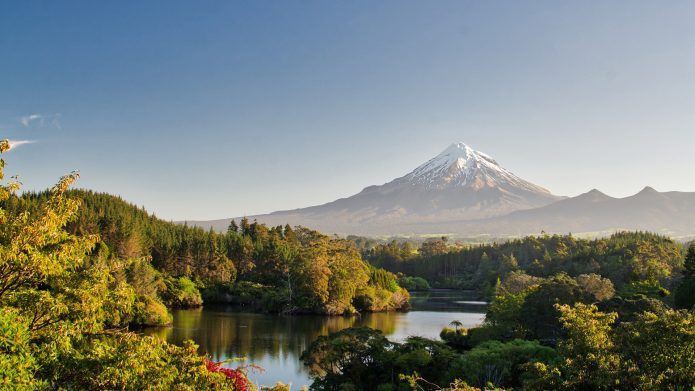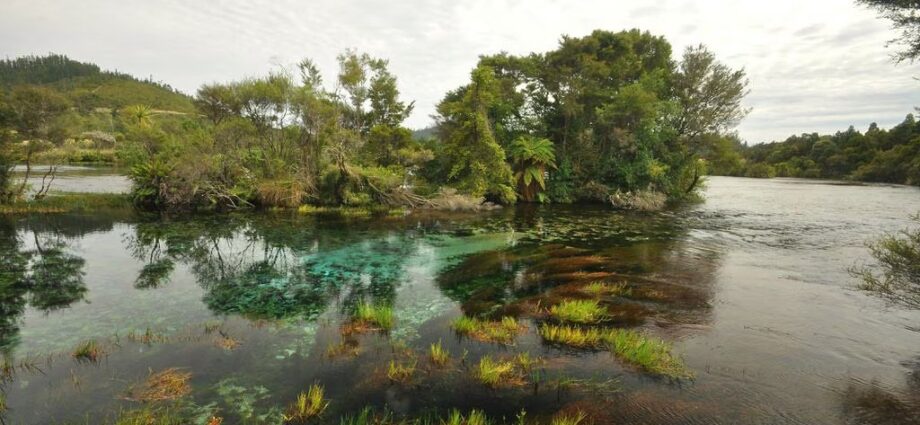PHOTO: Te Waikoropupu Springs are located in Golden Bay, on New Zealand’s South Island. (Source: istock.com)
The New Zealand government has announced that it is granting the highest level of legal protection to Aotearoa’s largest freshwater springs, following years of advocacy by the local iwi. Environment Minister David Parker has confirmed that he is accepting the recommendation of the Environment Court to provide special legal protection to Te Waikoropupū Springs, also known as Pupū Springs, located near the northern tip of the South Island.
Parker noted that Te Waikoropupū Springs, situated near Takaka in Golden Bay, boast the second clearest water in New Zealand, after Blue Lake in Nelson Lakes National Park. This move will establish a new Water Conservation Order, which is typically reserved for exceptional water bodies, marking the first such order issued in a decade.
The minister emphasized that this water conservation order acknowledges the environmental and recreational significance of the springs and their importance to iwi/Māori, ensuring the protection and preservation of these values. The Environment Court had identified a significant risk to the natural state of the springs due to human-induced pollution.
Parker expressed his satisfaction with the springs now receiving dedicated legal protection, attributing it to the extensive efforts of community advocates and iwi, as well as a comprehensive public process that began in 2017, involving a special tribunal and the Environment Court.
The water conservation order will impose restrictions on activities and consents that could negatively impact water quality or flow rates, with a particular focus on managing pollution resulting from catchment land use, especially nitrate concentrations, to maintain or enhance the springs’ water quality.
Showing property can be a dangerous job: How real estate agents can keep themselves safe
Following this decision, the Tasman District Council will make necessary adjustments to its regional plan to comply with the requirements of the conservation order.















